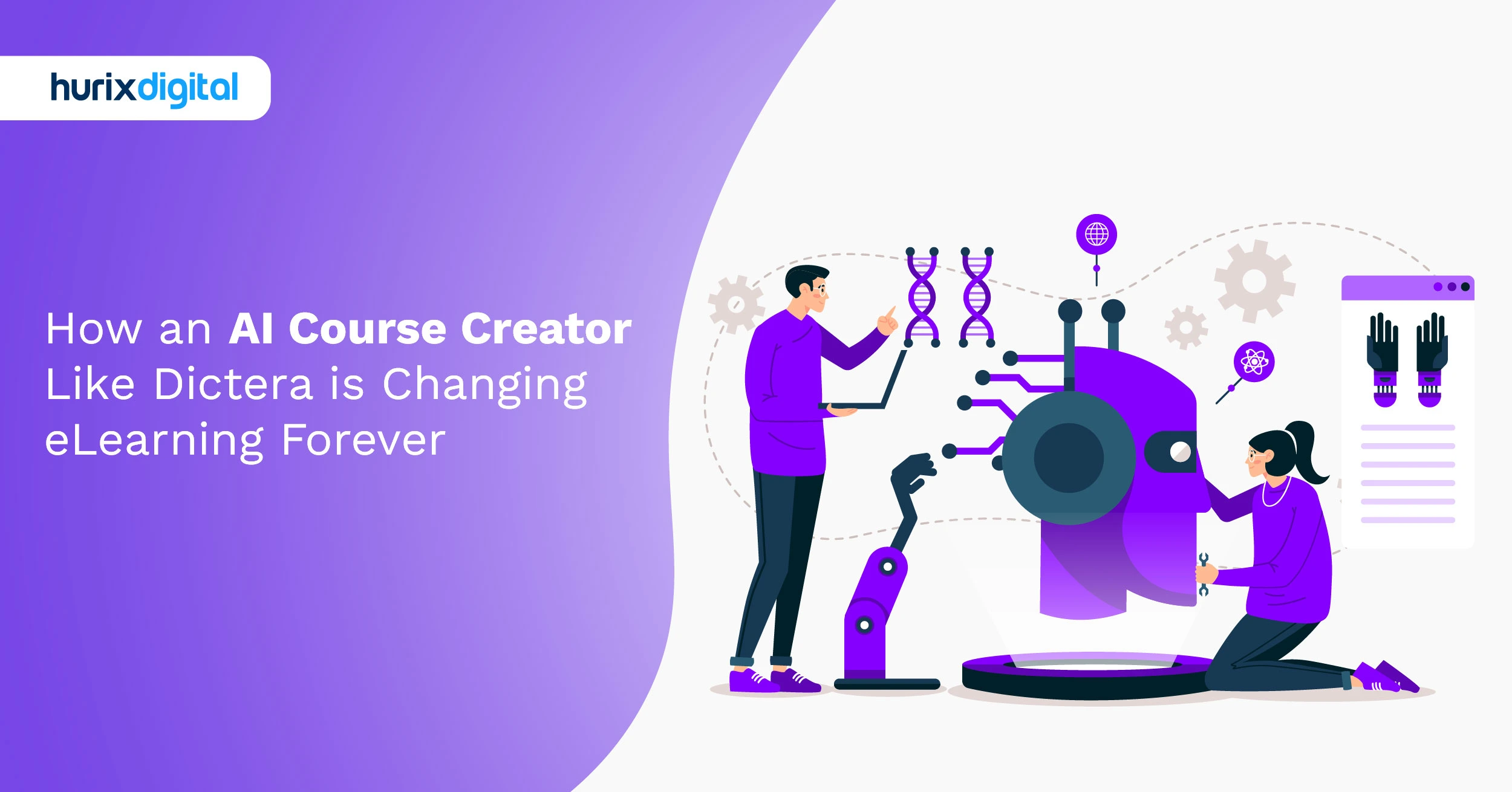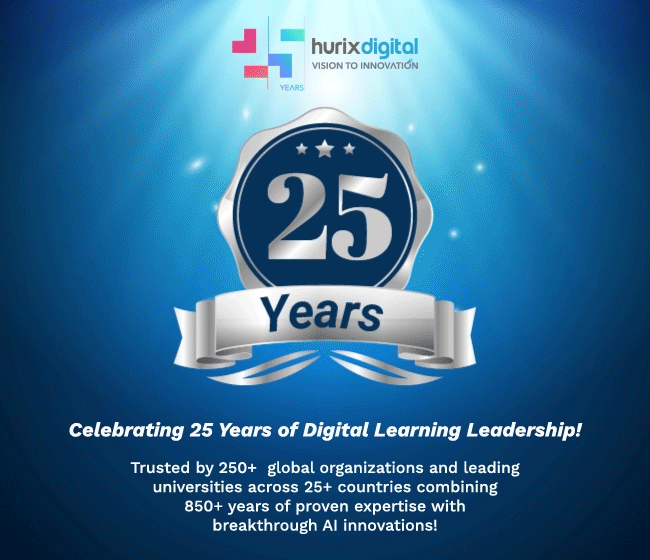
Best Content Development Techniques for eLearning Courses
Summarize with:
Every employee has a unique way of acquiring and processing information. Some of them prefer listening to audiobooks, while others learn through hands-on workshops. Businesses need to recognize the fact that employees store and perceive information in their own distinctive manner. That’s how the human brain is wired, and you just need to have the right eLearning content for them to utilize their potential to the fullest. They need content that is engaging enough for them to retain the information for long periods.
Traditional organizational training modules are a combination of plain text and images. While some employees prefer reading the course, this may not be beneficial for others. The eLearning courses, however, integrate everything from videos to texts and podcasts.
In other words, there is something for everyone when it comes to content development for eLearning. You just need to choose the right delivery method. Given the current pandemic situation, online content delivery seems to be the most appropriate choice.
Here are the factors to consider while developing content for eLearning.
1. Gamify the content for shorter attention spans
Online content developers offer interactive games to incorporate the learning outcomes within them.
Gamification of content is arguably the most engaging form of eLearning content. Your employees can learn by experimentation, and that’s objectively fun and engrossing.
It utilizes the instructional design method – created specifically for those with shorter attention spans when it comes to traditional training manuals.
2. Create microlearning modules for time-starved employees
Depending on their job roles, many of your employees may not have the flexibility to follow a fixed training schedule.
As opposed to a lengthy training program, you can choose microlearning modules for them. Microlearning modules are short nuggets of knowledge delivered to your employees according to what fits their timetable.
These micro modules comprehensively cover a single topic and can be accessed via mobile devices.
3. Incorporate scenario-based learning to imbibe practical skills
Using content development for eLearning, enterprises can fill a major gap that exists in traditional organizational training modules. It’s the gap that exists between what employees learn and how they implement it on the job.
With scenario-based learning, your employees can learn practical skills in a simulated environment. With this type of eLearning content, you get an immersive atmosphere consisting of sound effects, backgrounds, dialogues, and characters that mimic the actual environment.
4. Use video-based modules for complex concepts
You can use video-based modules to transfer knowledge for even the most challenging concepts. Such modules are an amalgamation of live images, text, voiceovers, and graphics. That makes for a compelling training content.
If the subject matter in question is quite complicated, break it down into several videos. Videos are clearly no longer just entertainment mediums but an effective format when it comes to content development for eLearning.
5. Include infographics to enhance visual appeal
If you want to make your training module a visual treat, infographics and images are an ideal content development solution.
Your eLearning course can have a better appeal if you integrate infographics along with the plain text.
The employees have a greater chance of recalling the information by studying meaningful mnemonics instead of just textual content.
6. Choose multilingual courses to promote diversity
One of the biggest advantages of content development for eLearning is versatility. Enterprises hire a multitude of employees from different backgrounds who speak different languages. Those who are not well-versed in the English language may find it difficult to acquire and recollect the information. Therefore, you need to create customized, multilingual courses that will also help promote diversity within the organization.
7. Focus on personalized learning
It has been established that eLearning content overpowers the one-size-fits-all solution that conventional training modules offer. Through eLearning, you can turn your vision of personalized learning into reality.
Since every employee has self-perceived capabilities, they should have the flexibility to choose the type of course content that agrees with those capabilities – and enhance them.
8. Develop separate versions of the same module
Your employees have varying levels of expertise. Creating separate versions of the same training course according to their expertise level can help with the personalization.
For new joiners, you should create detailed eLearning content. On the other hand, for advanced learners, you can skip the introductory topics and deep-dive into the more complex ones.
9. Prioritize good design
In this digital age, a PowerPoint presentation doesn’t suffice for delivering highly-interactive and valuable training content. Your options with PowerPoint presentations are truly limited when it comes to design. As you would have noticed how captivating ecommerce sites and online games can be, a bunch of bullet points won’t be enough to train your employees.
On the contrary, eLearning content has a high degree of visual engagement, interaction, and readability. Therefore, you should spend a considerable amount of time on the design aspect. The second and better option is to partner with an eLearning content development company like Hurix that has expertise in the domain.
10. Reward your employees
When it comes to creating eLearning content for employee training, one has to take this very important component into account. The whole purpose of a customized, online training module is to impart skills and education in a fun and appealing way. Hence, when your employees develop new skills, you should reward them.
Highlight their achievements during the annual performance reviews so that they feel more encouraged and are more attentive during the training sessions. Showing your appreciation for them will create a culture of learning within the company, and it is something you want even in the future. For instance, you can create a leaderboard showcasing the number of courses completed by each employee and reward them when the training is over.
Final Thoughts
Content development for eLearning is all about combining the best delivery formats into a single program. You can conduct an internal survey in your company to understand which delivery formats would the employees prefer for the purpose of training. The results will help you make a better decision and create an engaging online training module.
 We’re live! Explore the all-new
We’re live! Explore the all-new 





